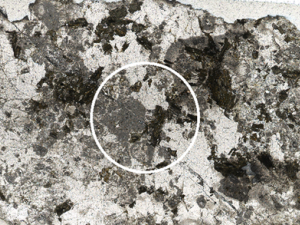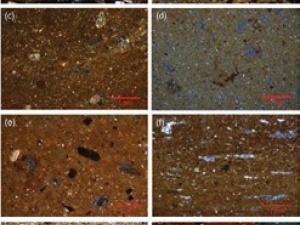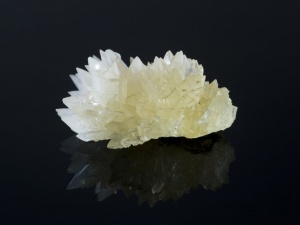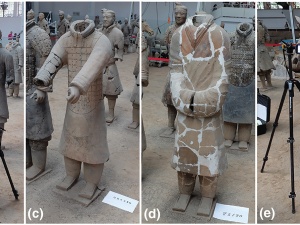Diagenetic Fate of Biogenic Soft and Hard Magnetite in Chemically Stratified Sedimentary Environments of Mamanguá Ría, Brazil
Abstract
Magnetotactic bacteria (MTB) synthesize magnetite and greigite crystals under low oxygen conditions in the water column or uppermost sediment (greigite-producing bacteria are found below the oxic-anoxic transition). Dissolved iron and oxygen contents in local environments are known to be limiting factors for the production and preservation of biogenic magnetite. Understanding the processes that link MTB to their living environments is fundamental to reconstructing past chemical variations in the water column and sediment, and for using the magnetic properties of biogenic magnetite as environmental proxy indicators. Previous studies have suggested that the frequently identified biogenic soft (BS) and biogenic hard (BH) magnetite types are associated with equant and more elongated morphologies, respectively, and that their abundance varies in accordance with sedimentary oxygen content, where MTB that produce the BH component live in less oxygenated environments. We test this hypothesis in a high-resolution integrated environmental magnetic and geochemical study of surface sediments from Mamanguá Ría, SE Brazil. Based on magnetic and pore water profiles, we demonstrate that both the BS and BH components occur within microaerobic environments and that as sediment oxygen content decreases with depth, the BS component disappears before the BH component. With continued burial into the sulfidic diagenetic zone, both components undergo progressive dissolution, but the BH component is more resistant to dissolution than the BS component. Our observations confirm previous inferences about the relative stability of these phases and provide a firmer basis for use of these two types of biogenic magnetite as paleoenvironmental proxies.
Full open access article:
Source: Preview Image: Sumit buranarothtrakul/Shutterstock






